U.S. President Donald Trump’s latest threat of a 35 per cent tariff on imports from Canada will not apply to goods that comply with the Canada-U.S.-Mexico Agreement, a Trump administration official told CBC News.
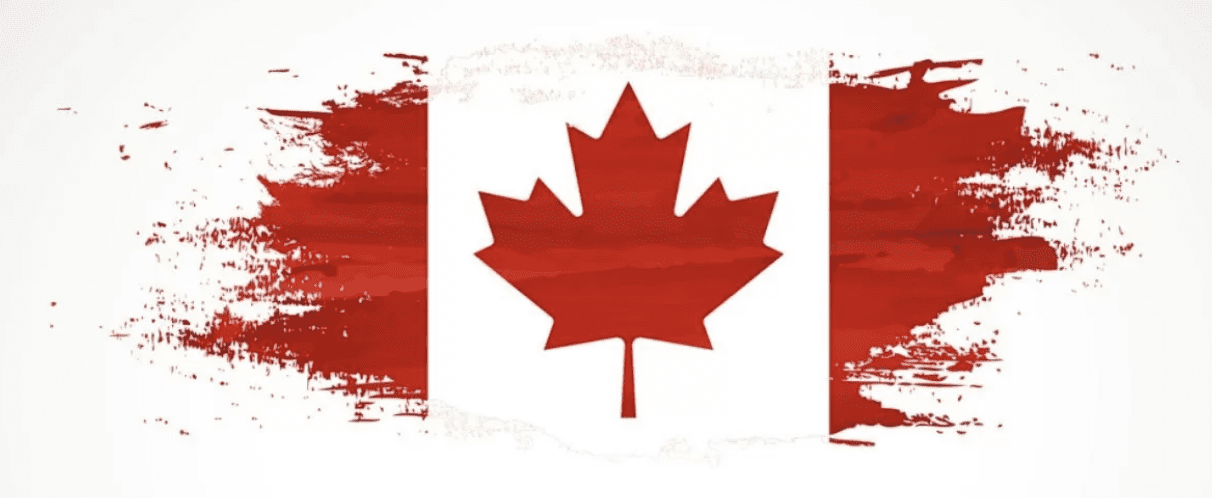

U.S. President Donald Trump’s latest threat of a 35 per cent tariff on imports from Canada will not apply to goods that comply with the Canada-U.S.-Mexico Agreement, a Trump administration official told CBC News.
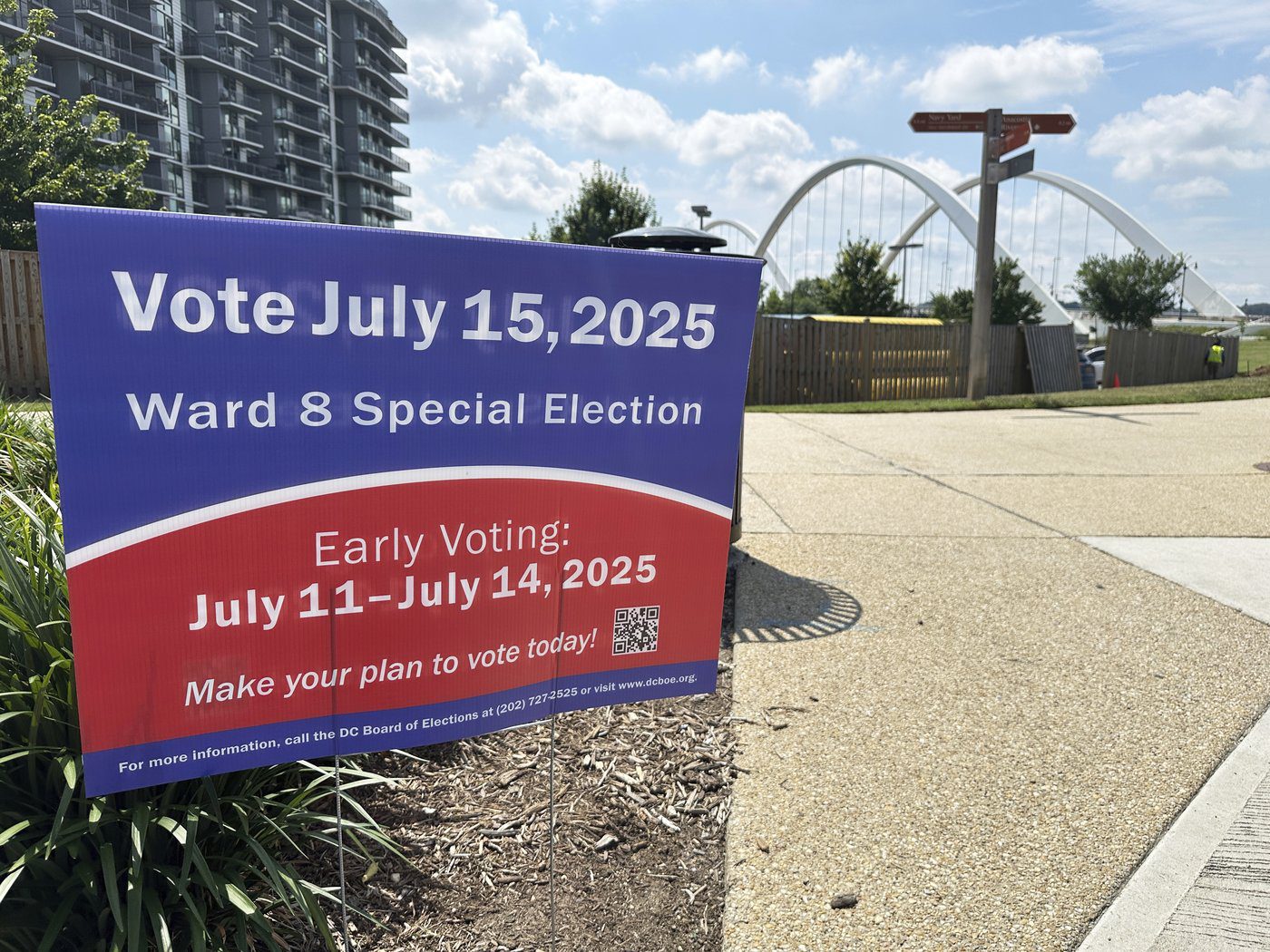
WASHINGTON (AP) — Voters in southeast Washington, D.C., will fill a vacant city council seat Tuesday in a special election to replace former Councilmember Trayon White, who was expelled from office in February following his 2024 arrest in a federal corruption probe. Among the candidates to replace White on the council is White himself.
The election will again give residents of the district’s 8th Ward representation on the council as the city faces a $1 billion budget shortfall stemming from the Trump administration’s massive cuts to the federal workforce, a separate billion-dollar budget fight with congressional Republicans and a possible clash between the Democratic mayor and the council over a proposed $4 billion stadium deal with the Washington Commanders football team.
Besides White, the other candidates in the running are Salim Adofo, Mike Austin and Sheila Bunn. Adofo is chair of a local Advisory Neighborhood Commission, or ANC. Austin is an attorney and a former ANC chair. Bunn was a top aide to former mayor and longtime Councilmember Vincent Gray as well as to the district’s non-voting delegate to Congress, Eleanor Holmes Norton. All four candidates are Democrats. There are no Republicans on the ballot.
Despite his ongoing legal troubles, White was reelected in 2024 with 76% of the vote over his Republican opponent. Adofo challenged White in the primary that year but placed second with 28% of the vote, behind White’s 51%. Austin challenged White in the 2020 primary, but White prevailed with 58% to Austin’s 28%.
Ward 8, like the city itself, is heavily Democratic. Former Democratic Vice President Kamala Harris carried the ward with 91% of the vote in the 2024 presidential race against Republican Donald Trump.
The Associated Press does not make projections and will declare a winner only when it’s determined there is no scenario that would allow the trailing candidates to close the gap. If a race has not been called, the AP will continue to cover any newsworthy developments, such as candidate concessions or declarations of victory. In doing so, the AP will make clear that it has not yet declared a winner and explain why.
In District of Columbia elections, recounts are automatic in city council races if the margin is less than 1% of the total vote. The AP may declare a winner in a race that is eligible for a recount if it can determine the lead is too large for a recount or legal challenge to change the outcome.
Here’s a look at what to expect on Tuesday:
Special election day
Washington’s city council special election will be held Tuesday. Polls close at 8 p.m. ET.
What’s on the ballot?
The AP will provide vote results and declare a winner in the Ward 8 city council seat.
Who gets to vote?
Any voter registered in Ward 8 may participate in the special election.
What do turnout and advance vote look like?
As of June 30, there were nearly 56,000 registered voters in Ward 8. Of those, 76% were Democrats, 4% were Republicans and about 18% were not registered with any party. The remainder were registered with minor parties.
Turnout for special elections in the district tends to be significantly lower than that of regularly scheduled general elections. An April 2015 special election for a Ward 8 city council seat had turnout at 14% of registered voters. By comparison, turnout for the same Ward 8 seat was 24% of registered voters for the 2022 general election and 52% in 2024.
A June 2020 special election for a Ward 2 city council seat also saw a steep drop-off in voter turnout compared with regularly scheduled elections. Turnout in that contest was 23% of registered voters, compared with 42% in the 2022 general election and 75% in the 2024 presidential election.
Ballots are mailed to all registered voters in Ward 8, so a relatively large share of voters typically do not vote at the polls on Election Day. In higher-profile elections, like the 2022 mayoral race and the 2024 presidential race, more than 70% of voters cast their ballots before Election Day. As of Wednesday, a total of 2,681 Ward 8 ballots had already been cast. That number may increase considerably with early in-person voting beginning on Friday.
How long does vote-counting usually take?
In the 2024 presidential election, the AP first reported Ward 8 results at 10:14 p.m. ET, or more than two hours after polls closed. That initial report included about 85% of the total vote. The last update of the night was later that hour at 10:57 p.m. ET with about 88% of the total votes counted.
Results for the Ward 8 city council race that year were first reported at 10:25 p.m. ET. The last update of the night was at 11:12 p.m. ET with about 81% of total votes counted.
Robert Yoon, The Associated Press





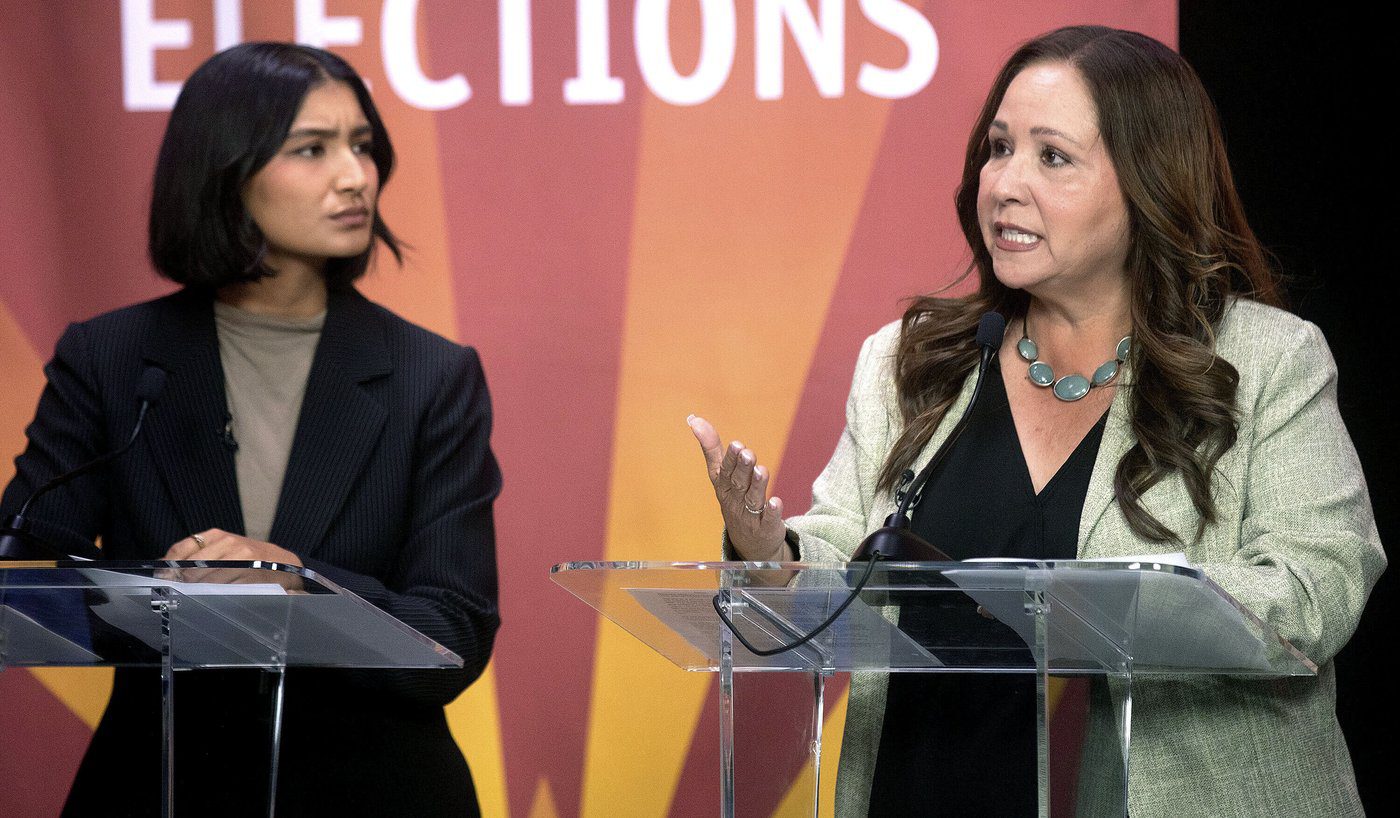
WASHINGTON (AP) — Eight candidates will go before southern Arizona voters at the ballot box Tuesday in special congressional primaries to replace longtime Democratic U.S. Rep. Raúl Grijalva, who died in March from complications from cancer treatment.
The winners will represent their parties in a Sept. 23 special election to serve out the remaining 15 months of Grijalva’s term in the 7th Congressional District, which stretches from Yuma to Tuscon and hugs almost the entire length of Arizona’s border with Mexico.
The seat will not decide control of the U.S. House, but it is one of three vacancies in heavily Democratic districts that, when filled in special elections this fall, will likely chip away at Republicans’ slender 220-212 majority in the chamber.
Five candidates are running for the Democratic nomination. Former Pima County Supervisor Adelita Grijalva is the daughter of the late congressman and has the support of many of the state’s most prominent Democrats, including U.S. Sens. Mark Kelly and Ruben Gallego, state Attorney General Kris Mayes and former U.S. Rep. Gabrielle Giffords. She also has endorsements from U.S. Sen. Bernie Sanders of Vermont and U.S. Rep. Alexandria Ocasio-Cortez of New York, key figures in the party’s progressive wing. Sanders is an independent who caucuses with Democrats.
Former state Rep. Daniel Hernandez previously ran in the neighboring 6th Congressional District in 2022 but fell short of the nomination. As a congressional intern in January 2011, he provided care to Giffords after a near-fatal assassination attempt outside a Tucson grocery store.
Social media influencer and progressive activist Deja Foxx is the youngest in the field at age 25. As a 16-year-old, Foxx gained prominence when an interaction she had with Republican then-U.S. Sen. Jeff Flake on reproductive rights at a 2017 town hall went viral. She went on to work as a digital strategist for Kamala Harris’ presidential primary campaign in 2020. She told Rolling Stone in 2021 that she plans to be president.
Indigenous activist and scholar Jose Malvido Jr. and former health care executive Patrick Harris Sr. also seek the Democratic nomination.
The Republican primary ballot features contractor and small business owner Daniel Butierez, restaurant owner Jorge Rivas and general contractor and vehicle accessory business owner Jimmy Rodriguez. All three have previously sought elected office.
Butierez received about 37% of the vote as the Republican nominee against Raúl Grijalva in 2024, while then-presidential candidate Donald Trump retook Arizona at the top of the ballot. Rivas mounted a short-lived campaign for governor in 2022 following a 2020 flap when his and his wife’s attendance at a Trump campaign rally triggered negative reviews of his restaurant. Rodriguez ran for Congress in 2020, initially filing to run in Arizona’s 8th Congressional District as a GOP primary challenger to then-U.S. Rep. Debbie Lesko but ultimately withdrawing and running instead in Vermont, where he lost the Republican nomination to face Democratic U.S. Rep. Peter Welch.
Hernandez led the field in fundraising as of late June, with $981,000 in total contributions compared with $834,000 for Grijalva and $600,000 for Foxx. But Hernandez’s high spending rate left Adelita Grijalva with the most money in the bank heading into the campaign’s final stretch. She had about $128,000 as of June 25, compared with $100,000 for Foxx and about $37,000 for Hernandez.
Butierez had brought in nearly $180,000 for his campaign, most of it in loans secured by the candidate. His $98,000 in the bank far eclipsed the rest of the GOP field.
The majority-Hispanic 7th District includes parts of six counties, including the three most populous: Maricopa, Pima and Pinal. While Maricopa often plays a pivotal role in statewide elections, it takes a backseat in the 7th District to Pima County, which comprises more than 60% of the district’s registered voters.
Democrats enjoy a nearly 2-1 ratio registration advantage over Republicans, both districtwide as well as in five of the six counties. Republicans outnumber Democrats in the small corner of Pinal County that falls within district boundaries.
After Pima County, Maricopa and Yuma counties offer the highest potential for possible votes in both Democratic and Republican primaries, followed by Santa Cruz.
The Associated Press does not make projections and will declare a winner only when it’s determined there is no scenario that would allow the trailing candidates to close the gap. If a race has not been called, the AP will continue to cover any newsworthy developments, such as candidate concessions or declarations of victory. In doing so, the AP will make clear that it has not yet declared a winner and explain why.
In Arizona, recounts are automatic if the vote margin is 0.5% of the total vote or less. The AP may declare a winner in a race that’s eligible for a recount if it can determine the lead is too large for a recount or legal challenge to change the outcome.
Here’s a look at what to expect Tuesday:
Special primary day
The special primaries for Arizona’s 7th Congressional District will be held Tuesday. Polls close districtwide at 7 p.m. local time, which is 10 p.m. ET. No results will be released before 11 p.m. ET. Most of Arizona does not observe Daylight Saving Time.
What’s on the ballot?
The AP will provide vote results and declare winners in both the Democratic and Republican primaries.
Who gets to vote?
The special primaries are limited to voters who are registered in the 7th Congressional District. Registered Democrats and Republicans may vote only in their own parties’ primaries. Independents may vote in either the Democratic or Republican primary.
What do turnout and advance vote look like?
As of June 16, there were nearly 440,000 voters registered in the 7th District. Of those, about 175,000, or 40%, were Democrats, and nearly 92,000, or 21%, were Republicans. Roughly 165,000 voters were not registered with any party.
In the 2024 primaries for the 7th District, turnout was 12% of registered voters in the Democratic primary and 5% in the Republican primary. About 92% of Democratic primary voters and about 80% of Republican primary voters cast their ballots before election day.
As of Thursday, nearly 40,000 Democratic and more than 12,000 Republican primary ballots had already been cast.
How long does vote-counting usually take?
In the 2024 presidential election, the AP first reported results in the 7th District at 10 p.m. ET, the earliest time votes were allowed to be released under state law. Tabulation ended for the night at 6:44 a.m. ET with about 55% of total votes counted.
Are we there yet?
As of Tuesday, there will be 70 days until the special general election on Sept. 23.
___
Follow the AP’s coverage of the 2025 election at https://apnews.com/projects/election-results-2025/.
Robert Yoon, The Associated Press


The Canadian economy added 83,000 jobs in June, while unemployment fell by 0.1 percentage points, Statistics Canada said on Friday.
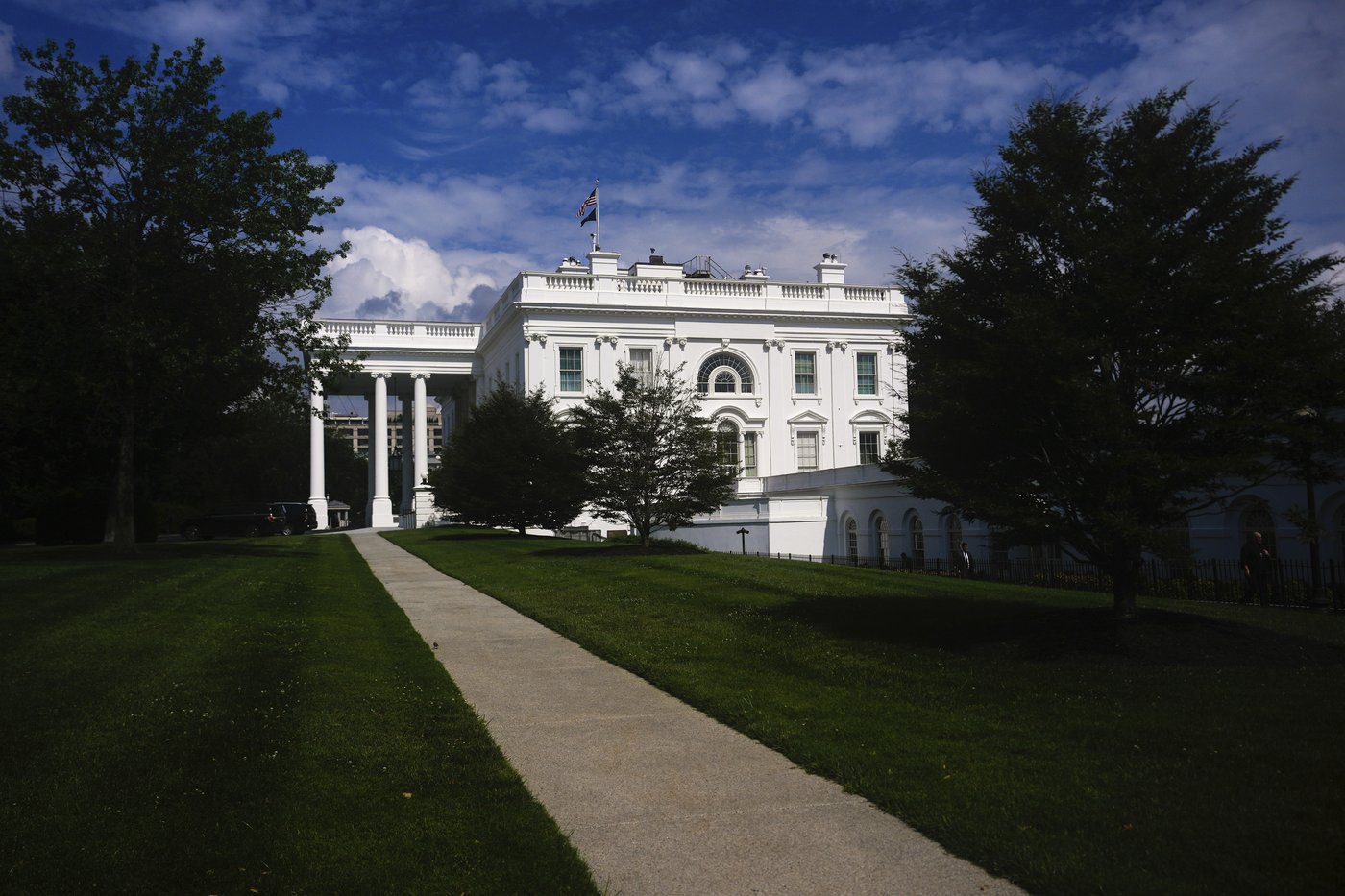
President Donald Trump will head to Texas for a firsthand look at the devastation caused by catastrophic flooding that has killed at least 120 people, which the administration has characterized as a once-in-a-lifetime event.
While the administration isn’t backing away from its pledges to shutter the Federal Emergency Management Agency and return disaster response to the states as part of Trump’s push to slash federal services, it has lessened its focus on the topic since the July 4 disaster, underscoring how tragedy can complicate political calculations.
The president is expected to do an aerial tour of some of the hard-hit areas, a relatively common practice that allows presidents to visit disaster sites and hopefully ease logistical burdens for authorities on the ground. The White House also says he’ll visit the state emergency operations center to meet with first responders and relatives of flood victims. Trump will also get a briefing from officials.
Here’s the latest:
The State Department is firing more than 1,300 employees
The firings Friday are in line with a dramatic reorganization plan unveiled by the Trump administration earlier this year.
The department is sending layoff notices to 1,107 civil servants and 246 foreign service officers with domestic assignments in the United States, said a senior State Department official, who spoke on the condition of anonymity to discuss personnel matters ahead of individual notices being emailed to affected employees.
Foreign service officers affected will be placed immediately on administrative leave for 120 days, after which they’ll formally lose their jobs, according to an internal notice obtained by The Associated Press. For most affected civil servants, the separation period is 60 days, it said.
President Trump, Secretary of State Marco Rubio and their Republican allies have lauded the move as overdue and necessary to make the department leaner and more efficient.
But the cuts have been roundly criticized by current and former diplomats who say they’ll weaken U.S. influence and its ability to counter existing and emerging threats abroad.
— Matthew Lee
The Associated Press

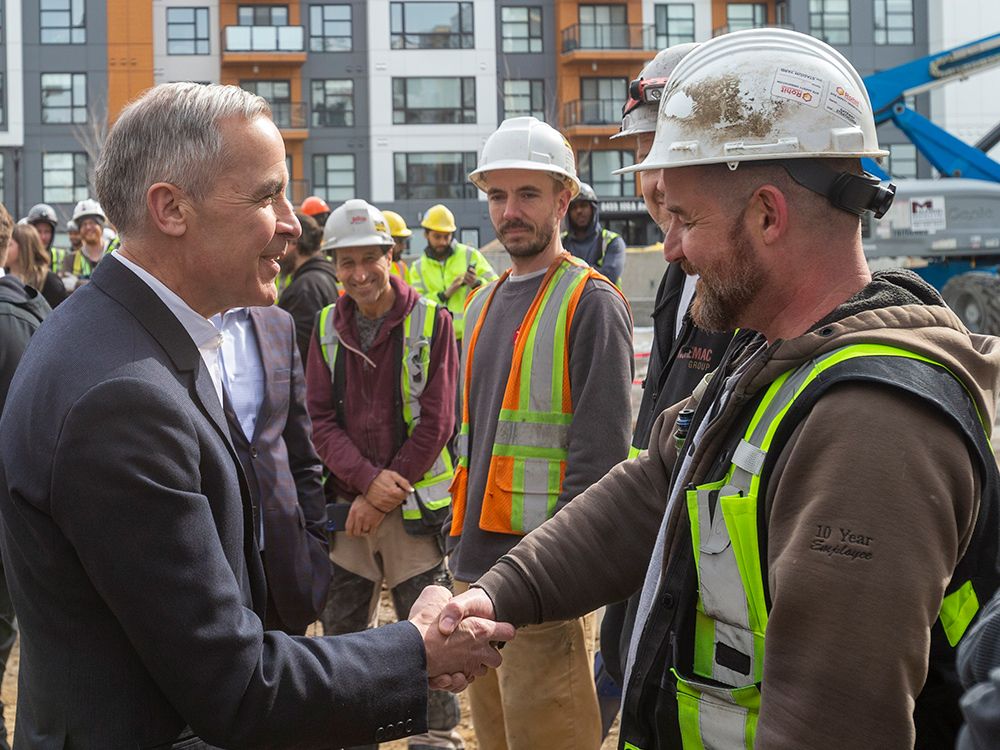
Most Canadians support Prime Minister Mark Carney’s new legislation to fast-track infrastructure projects deemed in the “national interest,” according to a new poll, but the federal government has a long way to go if it wants to convince voters that it should be able to unilaterally approve such big projects without buy-in from other groups.
The
found that 56 per cent of respondents nationally view the One Canadian Economy Act, the Carney government’s signature piece of legislation to date, as a positive step, compared to 25 per cent who said it’s a bad idea. Support was strongest in B.C., the Atlantic provinces, Saskatchewan and Manitoba, at around two-thirds, while just over half supported the new legislation in Ontario, Quebec and Alberta.
The legislation,
, has been criticized for giving Ottawa too much power and discretion because it allows the federal cabinet to fast-track major infrastructure projects by bypassing the usual environmental and approval processes.
A plurality of respondents (42 per cent) to the Leger poll said that such projects should require the support of federal and provincial governments as well as impacted First Nations. Only eight per cent of respondents said that the federal government’s support alone should be enough, while 27 per cent said projects should go ahead if the federal and affected provincial governments are in favour.
Ten per cent said the decision belonged to Ottawa and affected Indigenous governments.
Andrew Enns, Leger’s executive vice-president, said the public seems to be sending Ottawa a two-track message.
“In theory, it gives the federal government strong latitude to move forward on projects of national interest,” he said. “But for the public, it’s going to be a collaborative process.”
Since the legislation became law late last month,
the federal government has tried to work behind the scenes
to convince Indigenous leaders, provinces and others that their concerns won’t be steamrolled in the push to get big projects built.
Carney announced late last month that the government will host a series of summits with Indigenous leaders, beginning July 17 with First Nations. Summits with Inuit and Metis leaders will soon follow.
Some provinces, notably Quebec and British Columbia, have also
pushed back on Ottawa’s new rights to fast-track pipelines in particular
, while environmental groups and First Nations have called for a more inclusive process for big projects than what they believe is in the works.
The poll also found that the Carney government’s post-election honeymoon shows no signs of ending yet. After winning the popular vote in the April federal election by 2.5 percentage points, the Liberals now enjoy a 13-percentage-point lead (48 per cent versus 35 per cent) over the second-place Conservatives among decided voters.
More than half of all respondents (58 per cent) also said they approve of Carney’s performance so far.
The poll sampled 1,546 adult Canadians between July 4-6. A probability sample of this size yields a margin of error no greater than plus or minus 2.49 per cent 19 times out of 20.
National Post
stuck@postmedia.com
Our website is the place for the latest breaking news, exclusive scoops, longreads and provocative commentary. Please bookmark nationalpost.com and sign up for our daily newsletter, Posted, here.
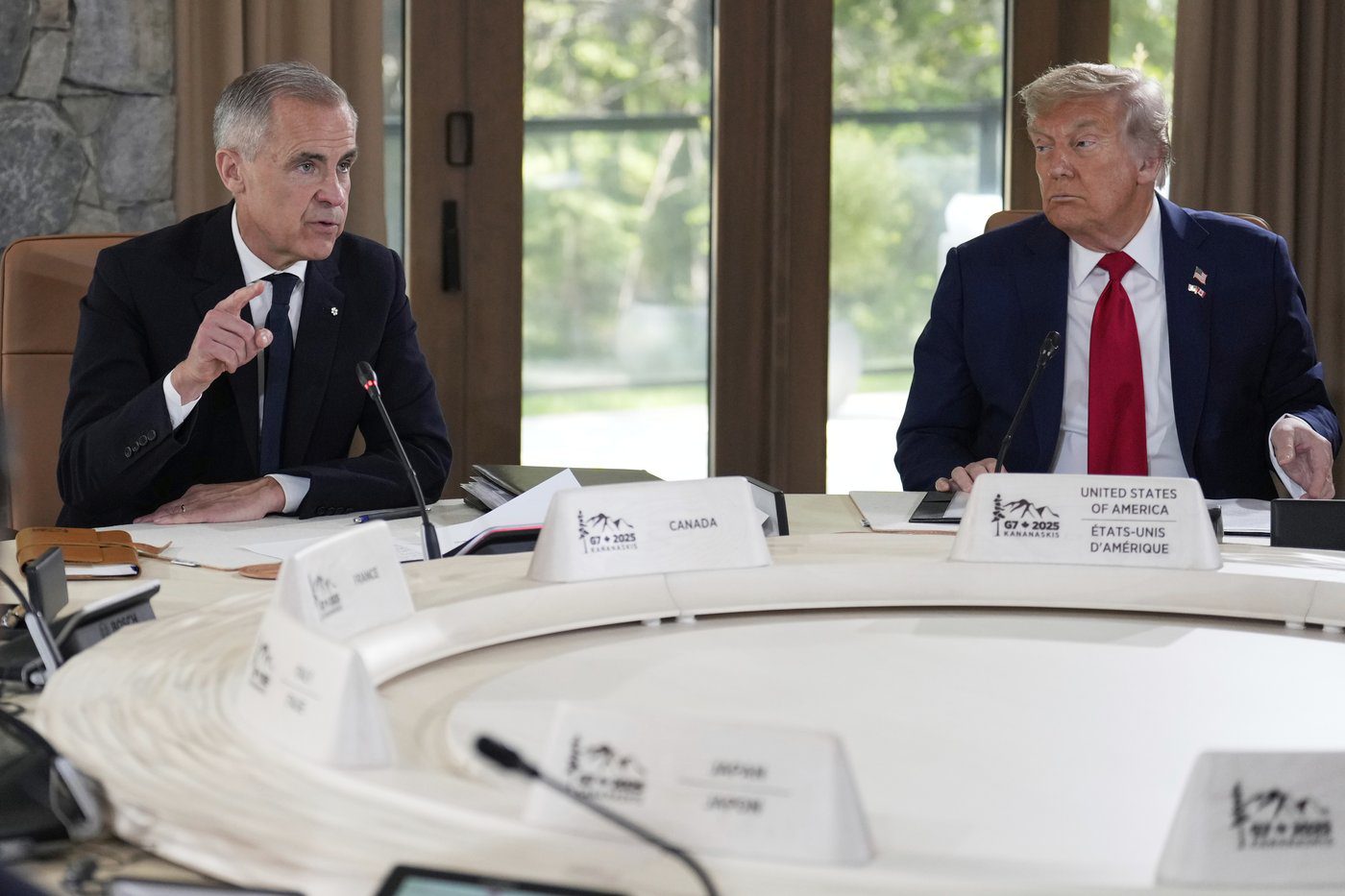
OTTAWA — Prime Minister Mark Carney says the Canadian government will “steadfastly” defend workers and businesses following the latest trade threats by U.S. President Donald Trump.
In a post on social media, Carney says Canada will continue to work to secure a trade deal with the U.S. by a revised deadline of Aug. 1.
In a letter to Carney on Thursday, Trump threatened to impose 35 per cent tariffs on Canadian goods by that date, evidently setting a new deadline for the trade talks that had been looking to wrap by July 21.
Trump wrote if Canada works to stop the flow of fentanyl into the United States he may consider a tariff adjustment.
It is unclear whether there’d be any carve out for goods compliant with the Canada-U.S.-Mexico Agreement on trade in Trump’s latest threats like there are under the so-called fentanyl tariffs announced earlier this year.
Canada also faces additional U.S. tariffs on steel, aluminum and automobiles, as well as a U.S. plan to introduce tariffs on copper, also on Aug. 1.
This report by The Canadian Press was first published July 11, 2025.
The Canadian Press